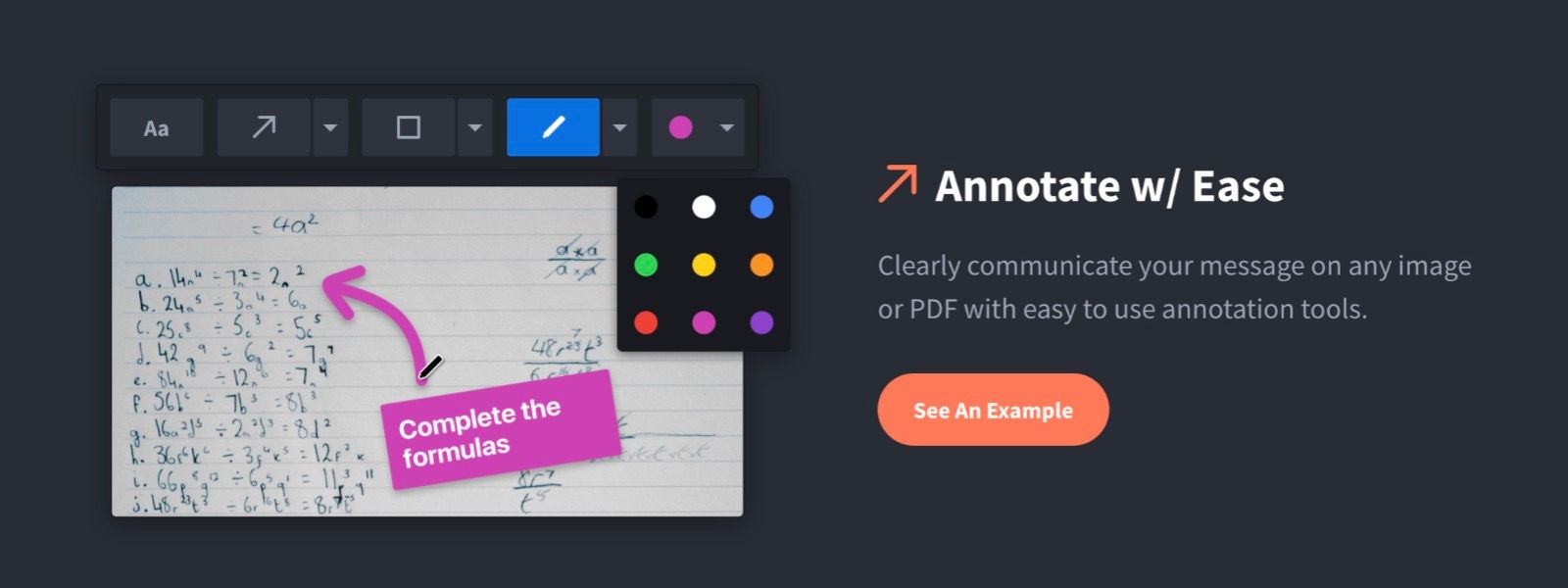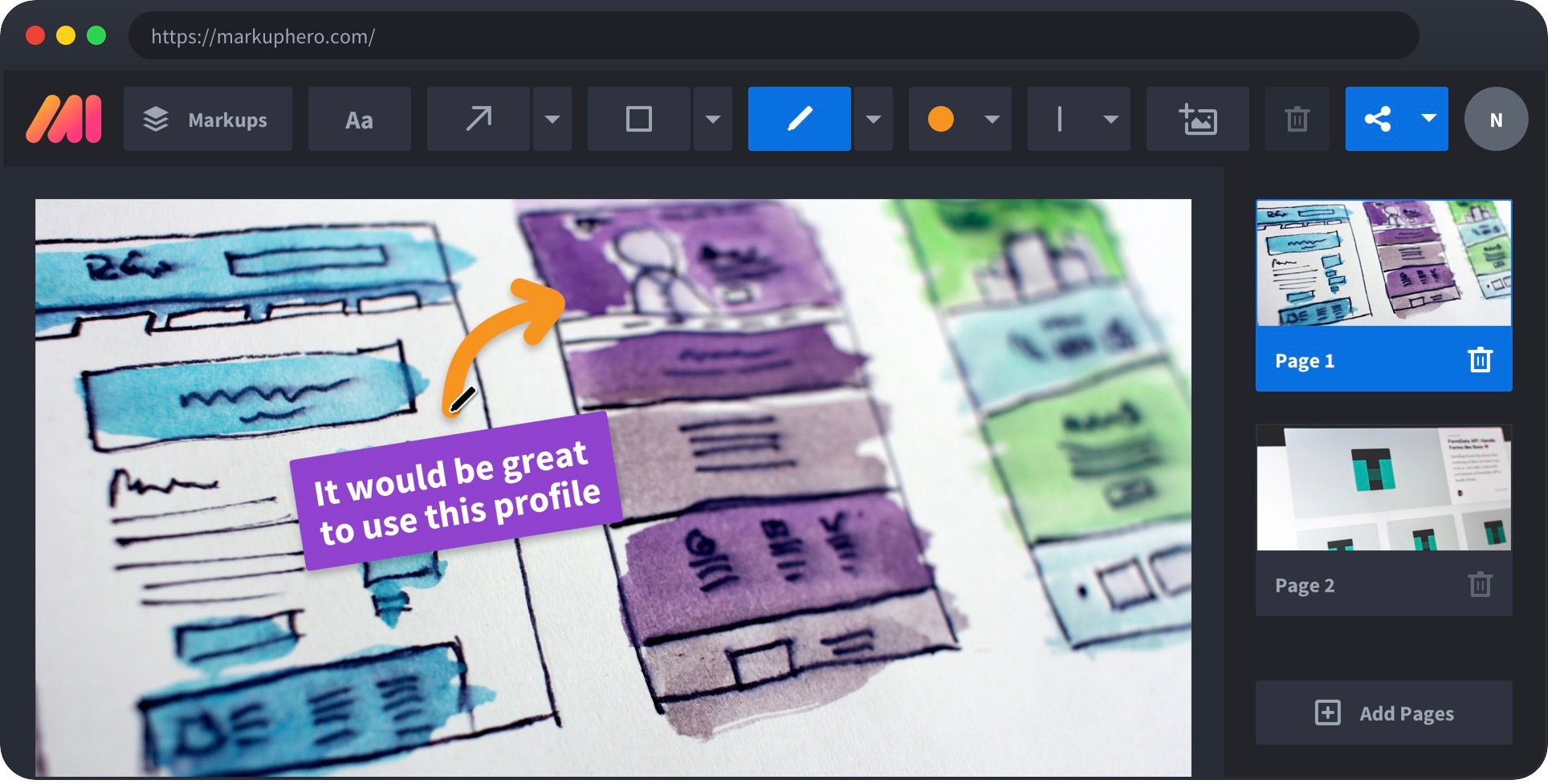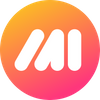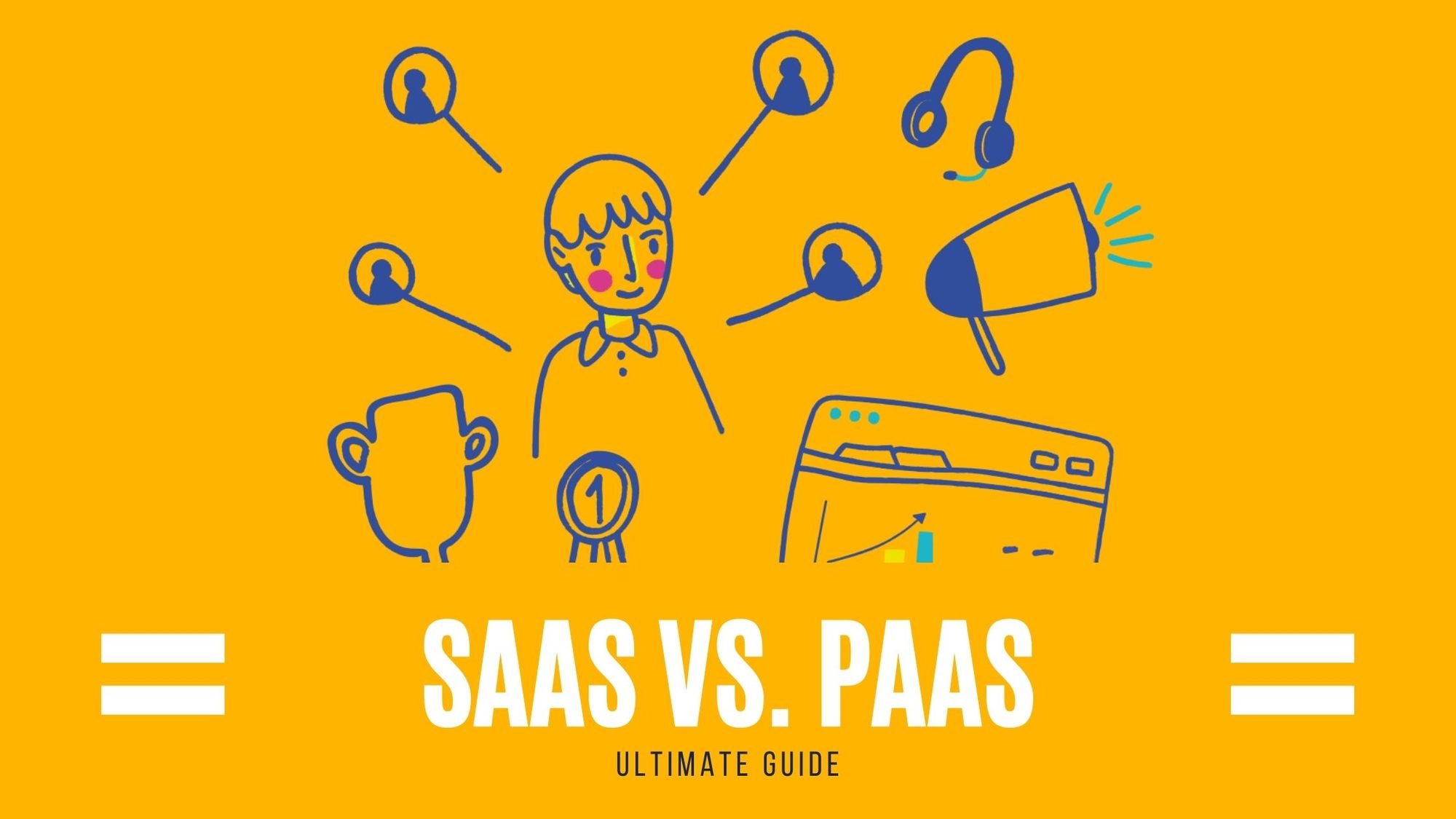Illustration by Icons 8 from Ouch!
Gone are the days when you had to purchase CDs/DVDs (or floppy disks if you are as old as us) and load heavy software onto your computers. Or pay for expensive data centers and servers to develop your customized applications. A lot has changed in the business world with the growth of cloud computing services in recent years.
Cloud-based technology gives users control, flexibility, and tools that on-premise software simply cannot provide. Whether you need cloud service for monitoring your business operations or a smooth platform to create customized applications—there is a cloud-based solution for everything.
SaaS and PaaS are the two main categories of cloud computing services. Each model offers specific functionalities and has pros and cons that vary from each other.
Two Types of Cloud Computing Service Models
This post will cover two types of cloud-based models—SaaS and PaaS—their features, benefits, and limitations, and how they differ from one another. We'll also look at some examples of each for better understanding.
SaaS (Software As A Service)
Also known as cloud application services, Software-as-a-Service (SaaS) is the most popular cloud service used by businesses. It is when a provider hosts an application and makes it available to the consumers via the internet, usually on a subscription basis.
SaaS is a particularly popular business model due to its scalability. Popular SaaS offering types include customer relationship management, email and collaboration tools, sales automation, financial management, and more.
SaaS Delivery
SaaS companies deliver their products via the internet to the end-users. And the great thing about it is that you don't have to be an IT expert or software engineer to install and use the SaaS app on each computer. Many of these apps directly run on a web browser, which means you only need a computer, a browser, and an internet connection to access them.
Furthermore, the SaaS provider takes care of all potential technical issues and manages the client's data, storage, and application updates, resulting in streamlined support and maintenance.
SaaS Characteristics
SaaS brings numerous features to the table, including:
- SaaS can be accessed through a web browser over the internet.
- It's centrally managed and hosted on a remote server by a third-party vendor.
- It's scalable because you can use the services at a particular time, upgrade your plan, or unsubscribe from unnecessary features as per your needs.
- SaaS products are available via a subscription model—with a fixed monthly fee. Software updates, maintenance, security, and compliance—it's all included in the subscription plan.
When to Use SaaS?
SaaS is an excellent option in the following cases:
- You are a startup or small business with no staff or bandwidth to manage the software installations and updates.
- You are working on a short-term project that requires quick collaboration.
- Your application needs access on both web and mobile.
- You use an app whose demand spikes and reduces significantly—for example, taxation software.
- You are a large organization that wants to manage and coordinate employees and freelancers globally.

SaaS Advantages
The SaaS industry is growing like crazy. Here's why:
- SaaS is easy to use and manage. You don't need to download any files on your computer to run the service. Just open the browser, log onto the software, and unlock all the features it has to offer.
- SaaS saves valuable business resources otherwise spent on hiring staff to install, download, and update these applications on multiple computers. It's all taken care of by the providers remotely.
- You can use the software from any device, anywhere, anytime, as long as there's an internet connection.
- You don't require storage space for installation.
SaaS Limitations & Concerns
SaaS comes with a few limitations, such as:
- You have no control over the cloud-based infrastructure that the application runs on. So, if there's an outage, it can affect your business processes.
- SaaS tools may not integrate with the apps and services that you already use.
- Because data is stored on external servers, there's a risk of a security breach, resulting in financial losses.
- Latency and performance issues might occur if you access the software from far-off distances.
SaaS Examples
Popular SaaS vendors include:
Markup Hero: Yep, the service that runs this blog is a SaaS application. Markup Hero is a subscription service for taking screenshots and annotating all kinds of files: Images, PDF's, Google Docs, Websites and more.

If you're reading this article, then almost certainly you have a use for it. It's free to try, no credit card required.

Salesforce: It's cloud-based enterprise software that specializes in customer relationship management (CRM). It allows businesses to better connect with their existing and potential customers.
Google Workspace: Formerly known as G Suite, it's a collection of collaboration and productivity tools. It brings all your favorite tools—Gmail, Sheets, Docs, Calendar, Slides, Forms, and Meet—under a single umbrella.
JIRA: Developed by Atlassian, it's a project management tool that helps teams plan, organize, and report their work.
PaaS (Platform As A Service)
Platform as a Service (PaaS), also known as cloud platform services, provides you with a framework to build everything—from simple apps to sophisticated cloud-based enterprise software.
The developers work on the platform to design, run, and manage apps without worrying about the software updates, hardware maintenance, security, storage configuration, data serving, and load balancing.
In short, you get an optimized environment to create and deploy customized applications for consumer use.
PaaS Delivery
PaaS is delivered almost the same way as SaaS, i.e., over the internet. However, instead of providing software over the web, it gives necessary development tools, operating systems, and infrastructure to the developers to build apps and software that perform specific functions.
For example, an online store owner might use PaaS technology to design an app that sends the latest product updates to the customers.
PaaS Characteristics
Characteristics that define PaaS include:
- PaaS tools are accessible by multiple users via the same development application.
- It's highly scalable, which means you can choose resources as per your needs and scale up/down according to the size of your business.
- While the servers, storage, and networking are configured and managed by third-party vendors, the developers are responsible for managing data and applications.
- It offers smooth integration with web services and databases.
When to Use PaaS?
PaaS is a suitable choice when:
- You want to design unique, customizable software for your customers without spending a lot of money.
- You want to devote all your time and effort to creating, testing, and deploying the software instead of routine tasks, such as software updates, runtime management, etc.
- Multiple developers are working on the same project. Or when external parties get involved in the development process.
PaaS Advantages
PaaS offers many advantages, including:
- You don't require extensive system administration knowledge to run and sign-up for the service.
- You can easily create large, complex applications without downloading the related infrastructure.
- Since PaaS provides a platform with built-in software components, you don't need to develop an app from the ground up. This cuts down on the time, cost, and amount of code you have to write.
- It frees developers from the hassles and complexities of updating and configuring servers, networking, and more. PaaS providers handle all such things.
PaaS Limitations & Concerns
Like SaaS, PaaS is also not free from limitations. Some of these are:
- You only get control over what's being built on the platform. If there's an issue with the framework, your software can go down too.
- Some PaaS solutions might be incompatible with the programming languages and frameworks you use.
- Unpredictable changes by the vendor can be a severe issue. For example, you work with Python language, which is compatible with your current PaaS solution. Suddenly, the provider launches an update that requires JAVA for further compatibility. Here, you have to either change your programming language or the PaaS provider, consuming a lot of time and money.
- Since the PaaS company stores your sensitive data, it can pose security risks and concerns to your app's users.
PaaS Examples
The common vendors providing PaaS are:
Google App Engine: It allows developers to build, deploy, and scale web applications on the Google-managed data centers.
API Fuse: It's an embedded integration platform built to provide native integrations within your SaaS app in minutes. This enables your app's users to connect the apps they need without leaving your software.
Heroku: It enables developers to create, manage, and scale modern consumer and enterprise apps.
The Key Differences Between SaaS and PaaS
Though SaaS and PaaS offer the same goal of providing cloud services to businesses, let's see four key differences between the two.
Management
SaaS solutions are fully managed by the third-party vendor—from the application's updates to the client's data to storage. On the contrary, PaaS customers get complete control over the application, and other menial tasks such as load balancing, software updates, etc., are left to the providers.
Delivery
Both SaaS and PaaS providers offer their products via the web. However, SaaS companies deliver their software or apps to the end-user, whereas PaaS gives you a platform to build customizable apps.
Users
SaaS users tend to be businesses, individuals, or IT professionals. Developers use PaaS solutions to build and manage apps for internal or consumer use.
Suitability
SaaS products are best for companies looking for easy-to-use applications to streamline their business processes. And PaaS is suitable for companies who want to develop their customized applications on an existing platform.
To put it simply, if you want to build an app for your business, you would need a PaaS product. And once your app is developed, it would be considered SaaS.
SaaS vs. Pass - Summing it All Up
Understanding the structure of SaaS and PaaS technologies will help you determine the right approach for your business. However, regardless of the model you choose, you cannot ignore the importance of cloud computing in today's business environment.
Guest post by Kushal Desai, Content Marketing Executive at Growfusely, a content marketing agency specializing in content and data-driven SEO. Connect with him on Linkedin and Twitter: @kushaljdesai.


